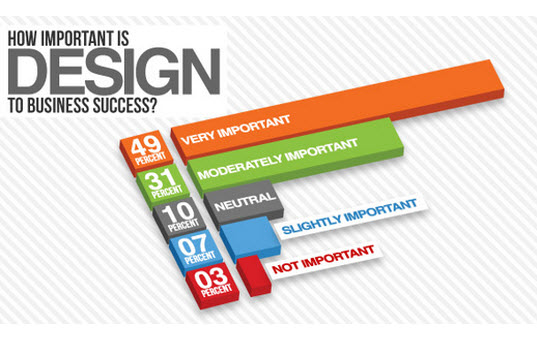Internet Site Style Basics: Tips For Building A User-Friendly Website
Internet Site Style Basics: Tips For Building A User-Friendly Website
Blog Article
Write-Up Writer-Hall Thrane
When it concerns internet site style, making sure user-friendliness is crucial. From receptive design to structured navigating, every component plays a critical function in creating a website that satisfies your audience's demands. Yet what regarding the better details that can make or damage an individual's browsing experience? Keep tuned as we uncover some often-overlooked ideas that can elevate your web site's use to the next degree, making it really stand apart in the digital landscape.
Importance of Responsive Design
Responsive design is a vital facet of modern-day site development. Ensuring your website is responsive means that it can adapt to different screen sizes and devices, providing a seamless experience for users.
With the boosting use of smart devices and tablet computers to access the web, having a responsive design is vital for reaching a wider audience. It aids in boosting customer experience by making your web site very easy to navigate and read on any kind of tool.
Furthermore, receptive design can positively affect your search engine positions, as online search engine like Google prioritize mobile-friendly websites. By having a receptive design, you're also future-proofing your site, as new tools with differing display sizes continue to arise.
Simplify Navigation Framework
To boost customer experience and assist in simple access to information on your site, simplifying the navigating structure is extremely important. When designing your website, focus on producing a clear and instinctive navigating menu that assists visitors find what they're seeking promptly.
Limit visit the next website of menu products to the fundamentals, grouping relevant web pages with each other to stay clear of overwhelming users. Usage descriptive labels that clearly show the web content of each web page, making it much easier for users to recognize where each web link will take them.
Think about carrying out dropdown menus for subcategories to prevent cluttering the main navigating bar. Additionally, consist of types of business websites on the web page for users that choose searching for particular info.
Prioritize mobile responsiveness in your navigation layout to make certain simple accessibility on all gadgets.
Enhance Web Page Load Speed
Improving page tons rate is important for keeping site visitors on your website. Slow-loading web pages discourage customers and can lead to high bounce rates. To optimize page load rate, begin by optimizing images. Press pictures without jeopardizing top quality to reduce their documents sizes.
In addition, allow internet browser caching to store often accessed sources locally, quickening tons times for returning visitors. Minify CSS, JavaScript, and HTML files by removing unnecessary personalities, remarks, and format, enhancing load speed.
Take into consideration using a web content shipment network (CDN) to disperse your internet site's web content across numerous servers worldwide, reducing latency for customers accessing your site from various locations. Lastly, restrict using third-party scripts and plugins, as they can significantly impact tons times.
Verdict
To conclude, by incorporating responsive style, streamlining navigation, and maximizing web page lots speed, you can produce a straightforward site that appeals to a wider target market and boosts individual experience. These essential elements ensure that site visitors can quickly access and browse your site throughout different devices, causing boosted engagement and contentment. By focusing on these crucial facets, you can construct a successful internet site that maintains customers returning for more.
